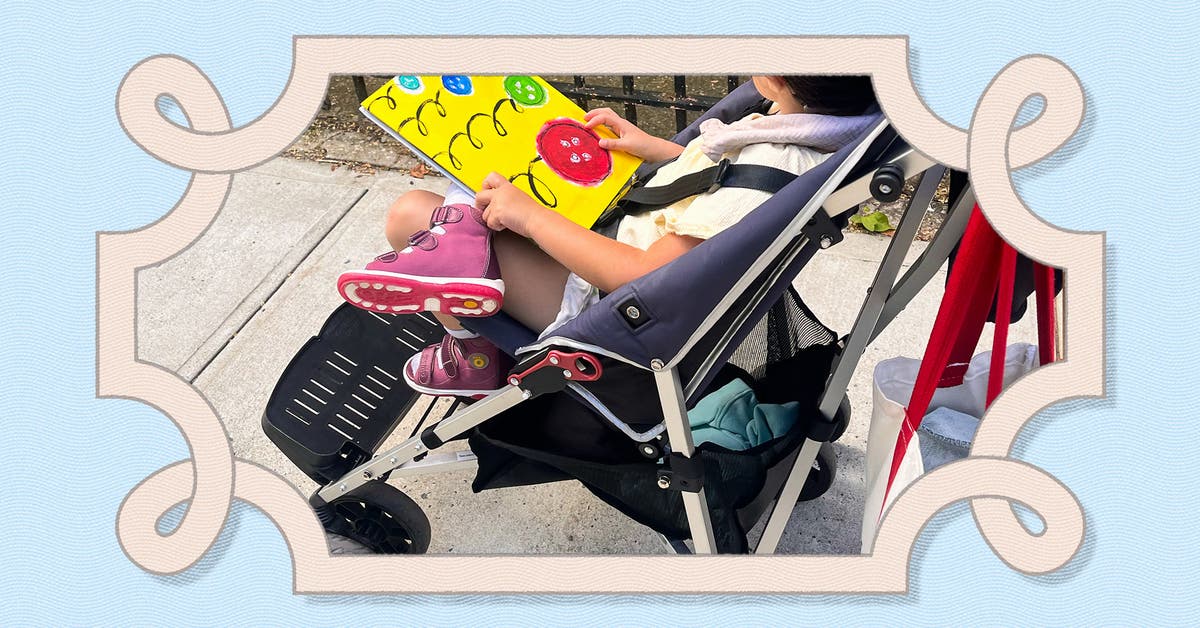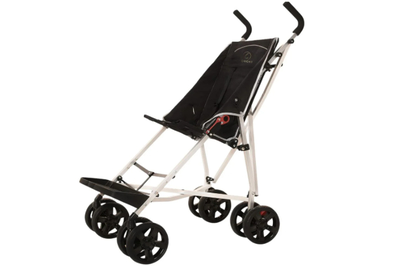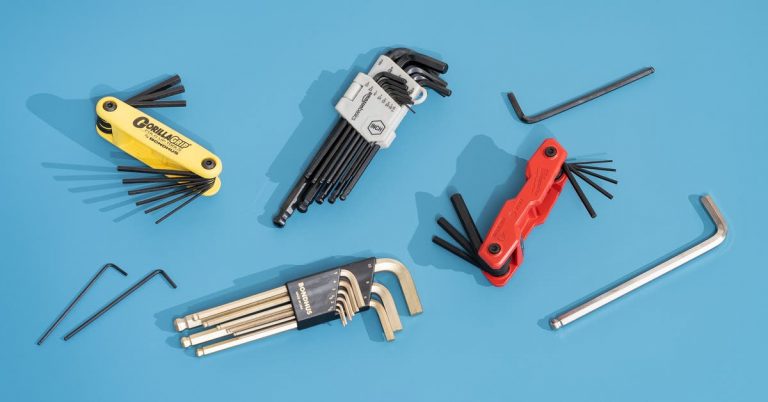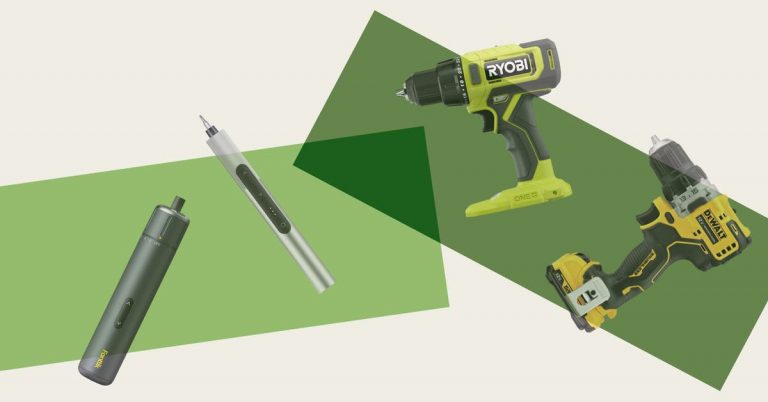Coche XL Adaptive Stroller/Transport Chair Review
Choosing a standard stroller can seem like wading through an infinite array of options to pinpoint the perfect mix of quality, style, portability, and price. But when kids with disabilities grow too big to fit in a standard stroller, parents often encounter the opposite problem: a maddeningly empty marketplace in which it is difficult to find even one acceptable option.
My daughter, who was born with a genetic condition linked to severe disabilities, is very social; she needs and deserves to be everywhere other children are. Until she was 5 years old, I got away with using standard strollers to transport her to school, friends’ houses, or the grocery store, or to take her on the subway in New York City, where we live. I relied on our super-compact yet stable Babyzen Yoyo2 stroller or, in snowy weather, a used jogging stroller I had found on Craigslist. The two strollers — combined with my daughter’s wheelchair — covered most of her day-to-day mobility needs, but I felt low-key stressed knowing that as her body continued to grow, I would eventually need to find a different option.
A couple of years ago, that need became more urgent. While I was out walking with my daughter, I noticed her feet dragging precipitously alongside the Yoyo2’s front wheels. My daughter was still well under the stroller’s 48-pound weight limit, but its proportions no longer suited her body. The seat back was too short to support her head and torso, and the seat itself was too low to the ground. The stroller’s recline also made it difficult for her to sit up straight and engage with people and her surroundings.
I was ready to make the switch to an adaptive stroller specifically designed for bigger kids with disabilities, which would have a seat that was more upright and higher off the ground than that of a conventional stroller. I had bookmarked the Maclaren Major Elite, an $800 umbrella stroller designed for children weighing up to 110 pounds, but it was discontinued shortly after I started my research. Still, it became the model for what I was seeking.

I started to spot the stroller in the pockets of New York City frequented by kids with disabilities — at a wondrously barrier-free arts festival at Lincoln Center, in the waiting room at the physical-therapy clinic, at the “good” playground with the nice adaptive swings. Online, I found that the Major Elite had a devoted following; some fans even credited the stroller with allowing their kids to go places without having to contend with the stigma, or bulk, of a conventional wheelchair.
It may seem counterintuitive that I treat my daughter’s custom wheelchair, a mobility device intended to help her get around, as a precious object that should be used only in specific contained settings — which is to say, not on the grimy, uneven pavement of New York City. Between doctor’s visits, insurance approvals, fittings, and shipping delays, it had taken nine months for the wheelchair to arrive. Don’t get me wrong — it fits my daughter’s body perfectly, and she uses it every day at school. But whenever a brake cable comes loose, or the seat needs an adjustment, I load the 75-pound chair into our minivan and drive it 90 minutes each way to the nearest repair center in Long Island. If it gets badly damaged or stolen someday, the out-of-pocket cost to replace it will be $3,000. For those reasons, we use it judiciously.
A period of persistent Googling yielded a “push chair” similar to the Major Elite called the Coche XL Lightweight Special Needs Stroller/Transport Chair, at a more accessible price of $400. I ordered one immediately. When I bought it in 2023, Coche had only limited distribution, but today it’s widely available through Capital Kidz, a US-based distributor, and on Amazon.
The push chair, which I ungraciously refer to as “the Major Elite knockoff,” has the same upper weight limit, 110 pounds, as the Major Elite did, and the seat is similarly more upright and higher off the ground than that of any conventional stroller. Seeing my daughter sit up straight in the push chair, with her calves perpendicular to her knees and her feet comfortably resting, is nothing short of marvelous.

The Coche XL comes standard with an adjustable five-point harness, a rigid footrest that’s easy to remove, two foot brakes (one on either side of the rear wheels), and a lightweight folding aluminum frame. The wheels are sturdy and smooth (enough), a key feature for maneuvering in and out of elevators and around other tight spaces. Without any of the additional-cost accessories — a roomy storage basket, a rigid sun canopy, a footmuff, a rain cover, or a padded seat liner — the Coche XL weighs about 15 pounds. It’s available in four basic colors, black, blue, pink, and red.
It’s by no means perfect. Maclaren’s Major Elite had a reputation for being indestructible; after two years, I can’t say the same about the Coche XL. A few months after it arrived, one of the foam handles started to crack, an issue I easily remedied with some black duct tape. A screw once popped off while we were strolling across a bumpy cobblestone street, which left the seat hanging on one side; I replaced it with a similar bolt from a hardware store. Folding the push chair requires a few steps, namely unhooking two rubber hinges, releasing a metal horizontal bar between the handles, and collapsing the stroller forward — and each time I have to take care not to pinch my fingers.
Except for the hottest days, I don’t bother using the canopy; it’s bulky and rigid, and it doesn’t collapse into an accordion fold, as many standard stroller canopies do. My daughter uses the padded footmuff in the winter, but the snaps connecting it to the seat often come undone. I’m able to position the footmuff so it doesn’t slip off; still, it’s another small but annoying drawback.

Granted, I probably use the Coche XL more heavily than intended; most days, the stroller gets between 2 and 5 miles of use along gritty streets and sidewalks, and I often fold it up to store it in our minivan trunk, where it fits only diagonally. (While we were traveling last summer, the Coche XL failed to fit in the trunk of our rental sedan.) Last year, when a knee injury landed my 11-year-old son on crutches for three months, I even used the push chair to transport him on the subway to his medical appointments.
The Coche XL is a family workhorse. I sometimes lament the fact that it lacks the smooth, high-end features and overall feel of many standard strollers I’ve used. But that complaint is minor in comparison to the gratitude I feel for the freedom it allows my daughter.
This article was edited by Claire Perlman and Kalee Thompson.







